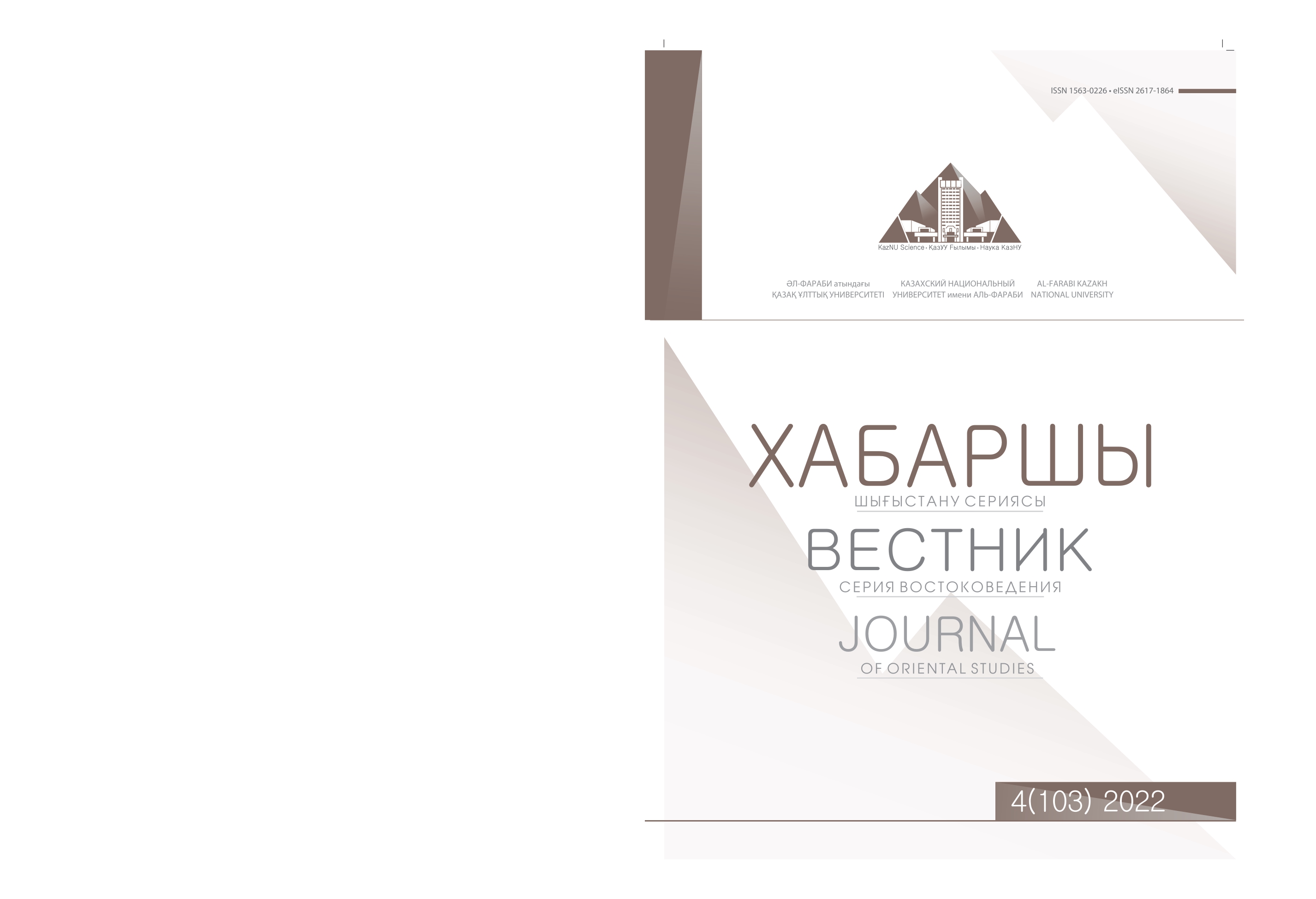Қиял-ғажайып романнан аударылған жапон және орыс тілі мәтіндеріндегі адам және жануар атаулары
DOI:
https://doi.org/10.26577/JOS.2022.v103.i4.02Аннотация
Авторлар бұл мақалада «Harry Potter and the Philosopher’s Stone» (Гарри Поттер мен пелсапа тас) деген ағылшын тіліндегі кітаптың орыс және жапон тіліндегі аударма нұсқаларын Tури (1995) ұсынған сипаттамалық аударма тұрғысынан зерттеді (Descriptive Translation Studies). Біріншіден, аударылған мәтінді аударылатын тіл, яғни нысана тілінің (Target language) мәдениетпен байланысын анықтап, олардың оқырмандармен қабылдану деңгейіне талдау жасады. Зерттеу нәтижесі бойынша Жапония және Ресейдегі атақты кітап дүкендерінде аударылған мәтін балалар әдебиеті ретінде жіктелгендігі анықталды. Жапон нұсқасындағы аударма оқырмандардың белгілі бір аудиториясына бағытталмаған, ал орыс тіліндегі аударма мен аударманы жариялаған компания кітапты роман санатындағы әдебиетке жатқызған. Орыс тілді мемлекетте әдетте романды балалар емес, жас өспірімдер мен ересектер оқиды. Екіншіден, авторлар «Harry Potter and the Philosopher’s Stone» кітабында адамдар мен жануарлардың жеке атауларын жапон және орыс тілдеріне аударудың ерекшеліктерін қарастырды. Дэвис (2003) ұсынған жеті аударма процедурасына сүйене отырып (яғни сақтау, қосу, жалпылау, қалдырып кету, нақтылау, түрлендіру, және құрастыру), авторлар жеке атауларды жіктеп, аударма процедураларының әрқайсысының сандық көрсеткішін есептеді. Талдау нәтижесі бойынша жапон және орыс аудармаларында аударманың Preservation (сақтау) түрі ең көп колданылғандығы анықталды. Жапон тіліндегі аударма нұсқасында Preservation аударма түрінің пайызы шамамен 80% құрады. Ал, орыс тіліндегі аударма нұсқасында Preservation шамамен 50% және Localization шамамен 30% көрсеткішке ие болды. Орыс аудармашысы Preservation мен Localization түрлерін көп қолданды. Литва зерттеушілері Jaleniauskienė and Čičelytė (2009) пікірінше, Preservation дереккөз тіліне (Source language) көбірек мән береді, ал Localization нысана тіліне көбірек мән береді. Бұл нәтижелер аударманың орыс тіліндегі нұсқасында жапон тіліндегі аудармаға қарағанда мақсатты тілге көбірек көңіл бөлінгендігін аңғартады.




